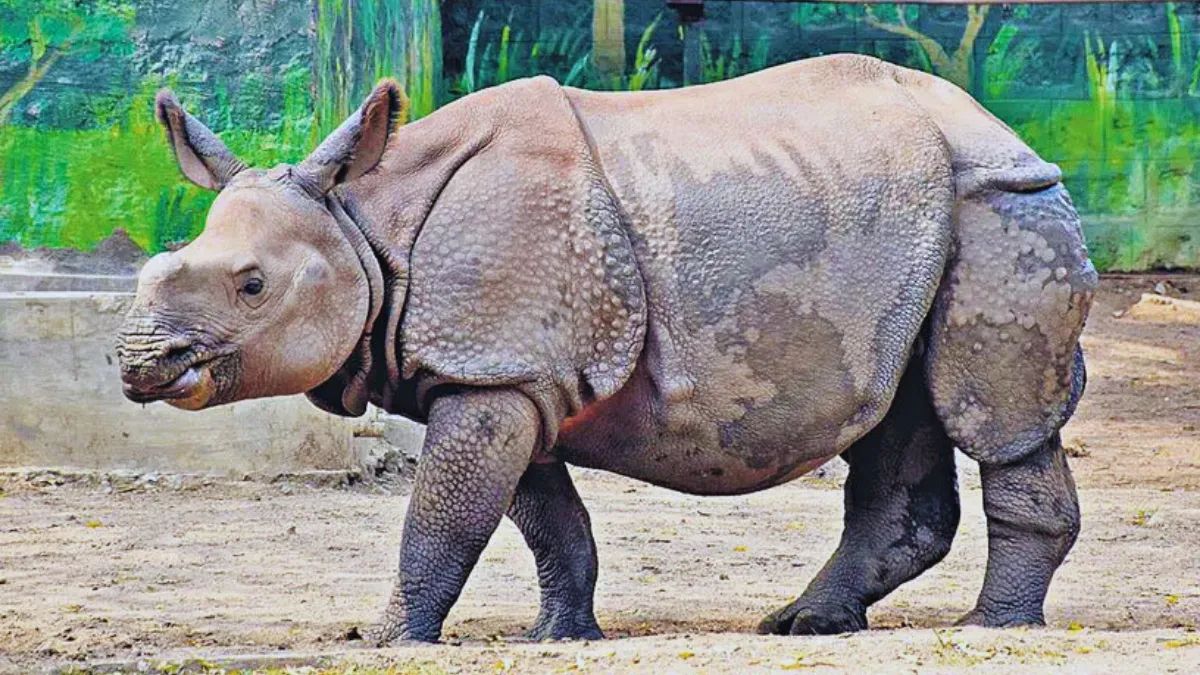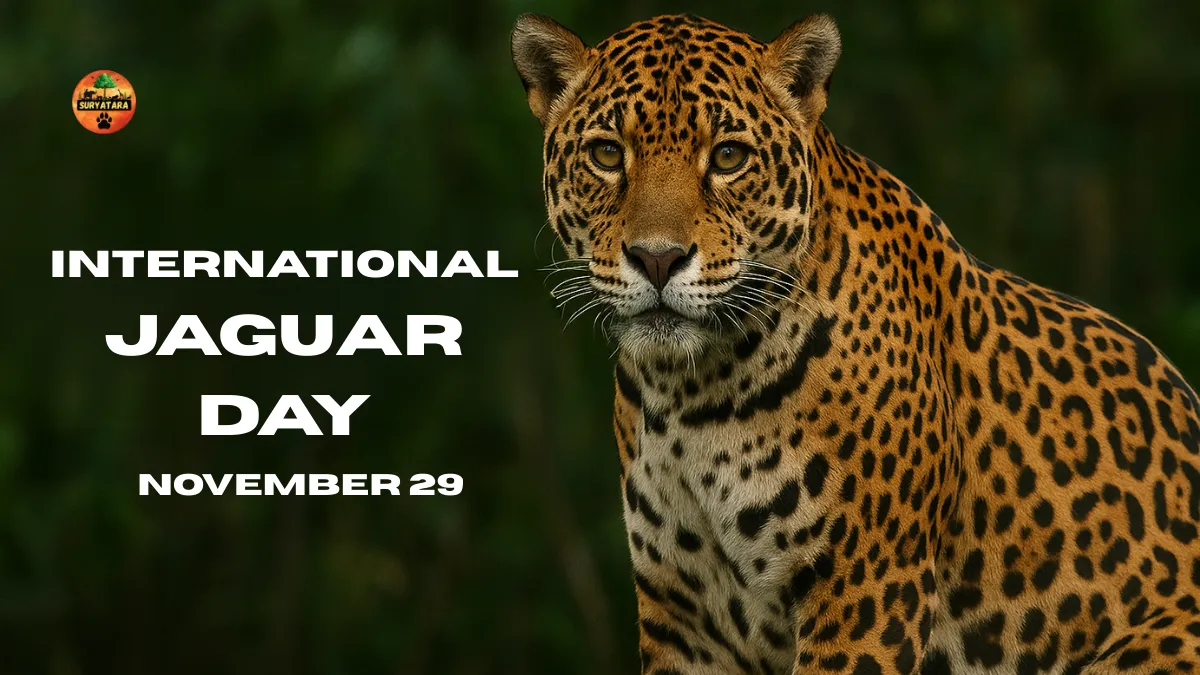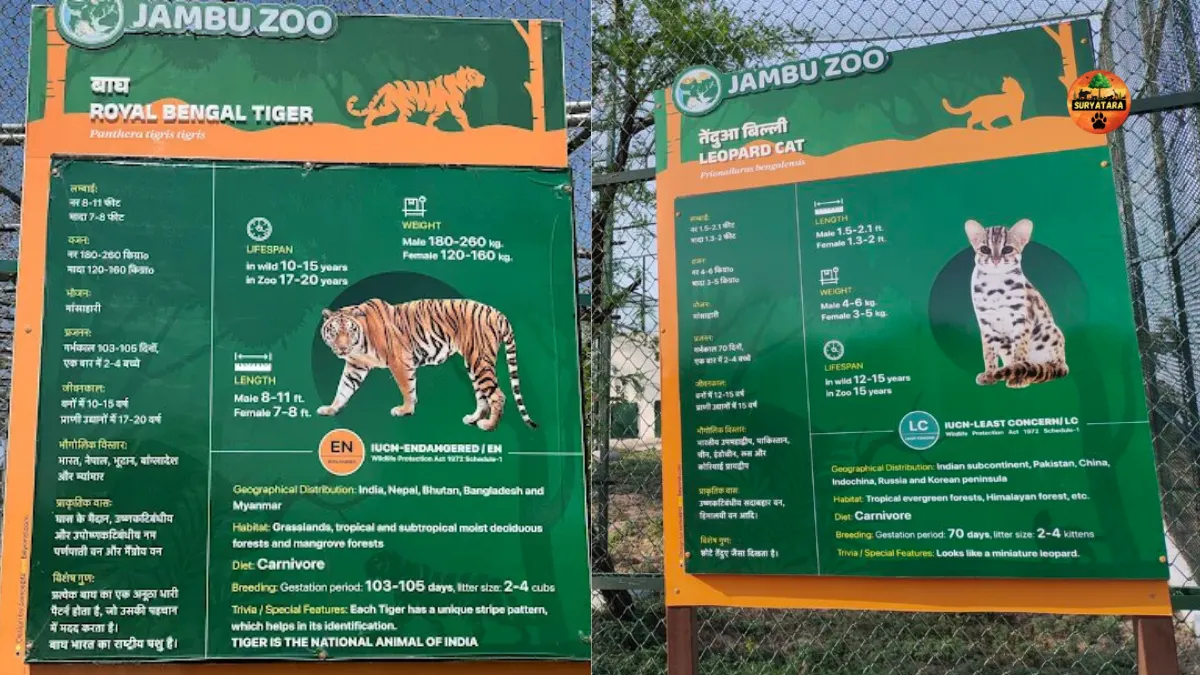World Elephant Day 2025 is being celebrated on 12 August, a day dedicated to raising global awareness about the challenges faced by both Asian and African elephants. First observed in 2012, the day focuses on urgent issues such as poaching, habitat destruction, and the ever-growing human-elephant conflict. For Asian elephants, listed as endangered, and African elephants, classified as vulnerable, it is a call for united action to secure their future.
India plays a pivotal role in elephant conservation, being home to the world’s largest wild Asian elephant population — 27,312 elephants according to the 2017 census. However, expanding human populations, deforestation, and shrinking wildlife corridors have intensified the struggle for survival, making human-elephant encounters more frequent and sometimes deadly.
Amid these challenges, Palamu Tiger Reserve (PTR) in Jharkhand offers an exceptional story — one of unique elephant heritage, peaceful coexistence with humans, and a ray of hope for resolving conflicts. The elephants here are not only genetically different from the rest of India’s elephant population but also remarkably calm in nature. On this World Elephant Day 2025, let us explore the fascinating origins of Palamu’s elephants, their behavior, and the efforts being made to preserve harmony between humans and these majestic animals.

Palamu’s Elephants – A Remarkable Mixed Breed
In India, Asian elephants are generally classified into four types — Mayurbhanji, Terai, Assamese, and Southern — each with distinctive physical traits. However, the elephants of Palamu Tiger Reserve do not fit neatly into any of these categories.
Wildlife research, including DNA tests, has revealed that these elephants are a rare mixed breed possessing traits from all four types. According to wildlife expert Professor D.S. Srivastava, “Palamu elephants are unique because they are a genetic blend. They tend to be more calm and less aggressive compared to other elephant populations in the country.”
Located across 1,129 square kilometers in the districts of Palamu, Garhwa, and Latehar, PTR is home to about 150 to 180 elephants, while the entire state of Jharkhand hosts around 600 elephants. These herds sometimes travel as far as Bandhavgarh in Madhya Pradesh through traditional migration routes, adding another layer of intrigue to their behavioral patterns.
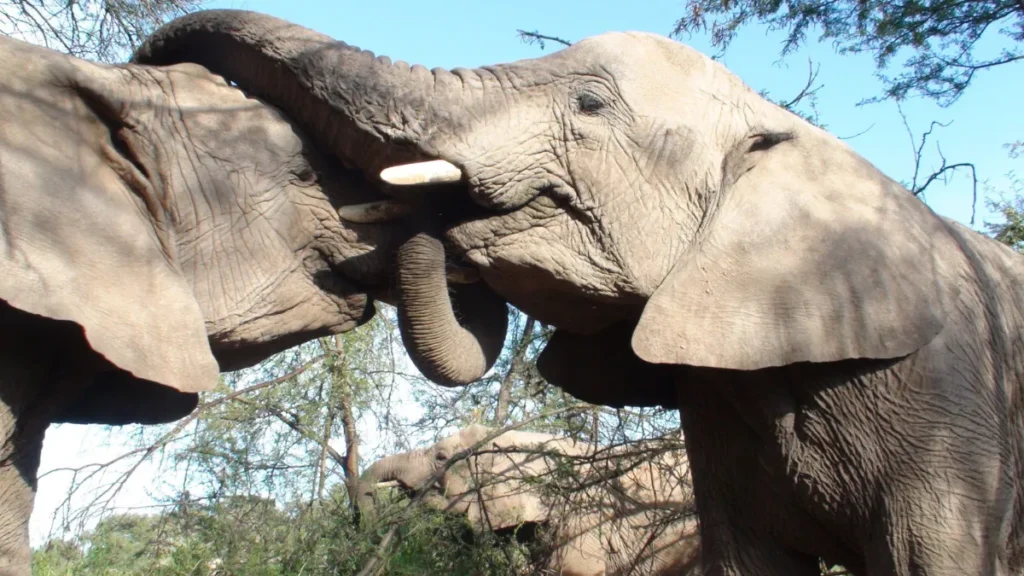
Royal Origins – The Gift of the Surguja Maharaj
The history of elephants in Palamu is both recent and captivating. Old wildlife records — such as Sanders’ 1898 report and Governor Mail’s 1926 account — make no mention of elephants in the region. The first documented sighting occurred in 1936 at Baresandh, when four elephants and a calf were spotted eating grain from a bullock cart.
Researchers believe these elephants originated from the elephant camp of the Surguja Maharaj in Chhattisgarh. The Maharaj’s elephants were kept semi-wild in the forests of Simar Chauth, restrained only by leg shackles. Over time, they wandered across the Jharkhand-Chhattisgarh border in search of food, gradually settling in the forests of Palamu.
During his PhD research in the early 1970s, Professor Srivastava observed an old elephant with chains still attached to its legs — likely a direct descendant from the Surguja Maharaj’s herd. This royal connection makes the story of Palamu’s elephants even more enchanting.
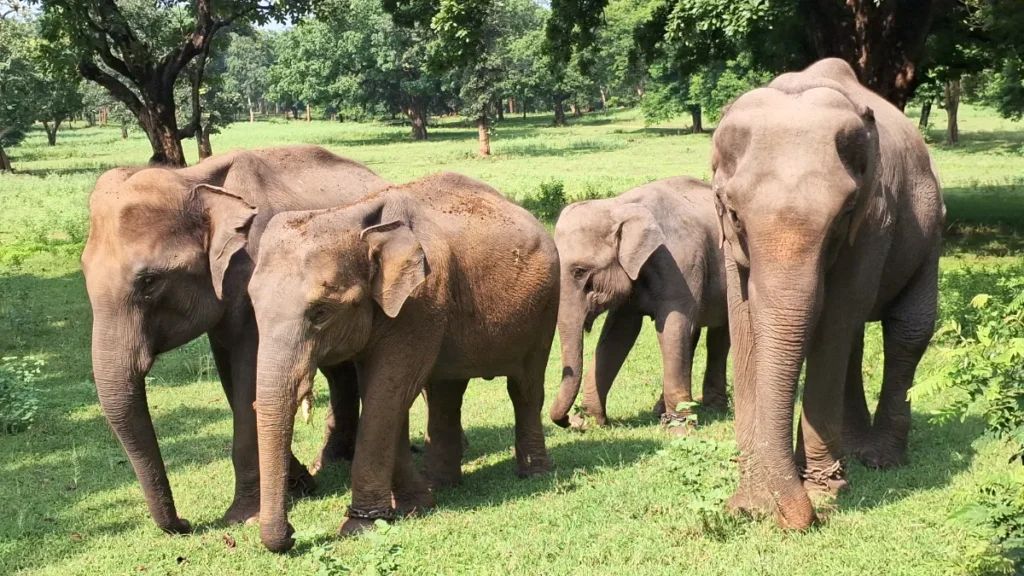
Gentle Giants – Calm and Disciplined Behavior
One of the most fascinating traits of Palamu’s elephants is their non-violent nature. While Jharkhand as a whole records an average of 80 human deaths annually from elephant encounters, such incidents are rare in PTR.
Professor Srivastava notes that these elephants show restraint even when raiding crops. They avoid breaking the local “ghoran” (a type of crop fence), do not separate or push their calves aggressively, and remain relatively quiet. According to Prajeshkant Jena, Deputy Director of PTR, “They have a fixed migration corridor extending to Bandhavgarh, and while they may visit farmlands, they rarely harm humans.”
With 208 villages located within PTR’s range, the absence of frequent violent incidents stands as a powerful example of coexistence — a stark contrast to other districts such as Ranchi, Hazaribagh, and West Singhbhum, where elephant-related casualties are common.
The Broader Challenge – Human-Elephant Conflict in Jharkhand
Despite the peaceful nature of Palamu’s elephants, Jharkhand as a whole faces a serious human-elephant conflict problem. Between 2019 and 2024, 474 people lost their lives to such encounters, with a peak of 133 deaths in 2021–22. Across India, 629 deaths were recorded in 2023–24 alone.
Shrinking forest cover, growing human settlements, and blocked migration corridors have forced elephants into villages in search of food and water. In Jharkhand, the wild elephant population dropped from 688 in 2012 to 555 in 2017, signaling the urgency of habitat protection.
The Corridor Crisis – An Overlooked Conservation Need
Elephant corridors — designated pathways allowing elephants to move between habitats — are critical for preventing conflict. India has 27 officially recognized corridors in 22 states, but Jharkhand does not have a single recognized one.
Unrecognized but heavily used corridors do exist, connecting Jharkhand with West Bengal via Mahilong-Kalimati, Chandil-Math, and Dalapani-Kankrajhor, as well as routes toward Hazaribagh through Dumka and Parasnath Hill. Unfortunately, human encroachment along these paths has increased crop damage and property loss.
Seven years ago, a proposal was made to officially designate Parasnath Hill as a corridor, but no progress has been made. Experts stress that restoring and protecting elephant corridors is one of the most effective strategies to reduce conflict.
Efforts to Reduce Conflict – Government and Community Initiatives
The Jharkhand government, in partnership with the Wildlife Institute of India and the World Wide Fund for Nature, has developed an action plan focusing on:
- Community Awareness Programs – Educating villagers about maintaining safe distances and monitoring elephant movements.
- Bio-fencing – Planting natural barriers to keep elephants away from farms.
- Solar Lighting – Using lights to deter elephants from entering human settlements at night.
According to PTR Deputy Director Jena, these measures are gradually reducing incidents and fostering coexistence.
Reading Elephant Behavior – A Key to Safety
Understanding elephant body language can help prevent dangerous encounters. Professor Srivastava explains:
- If an elephant’s tail is still and it is eating quietly, it is usually safe to observe from a distance of around 30 feet.
- If it starts wagging its tail, lifting its head, or making loud calls, it is issuing a warning.
- Persistent approach after these signs can lead to aggression, including mock charges or bush-throwing.
Elephants are especially unpredictable during their breeding season (July–September) and may roam over territories spanning 250–3,500 square kilometers. Due to habitat loss, they often travel farther for resources, sometimes retracing ancestral migration routes that are now obstructed by human activity.
Government Compensation – Support for Affected Communities
To ease the burden on victims of elephant encounters, the Jharkhand government offers:
- ₹4 lakh for death
- ₹1 lakh for serious injury
- ₹15,000 for minor injury
- ₹2 lakh for permanent disability
- ₹10,000–40,000 for house damage
- ₹20,000–40,000 for crop loss
In the past decade, 680 people have died due to elephant-related incidents in the state. However, Palamu’s low casualty numbers underscore the effectiveness of its coexistence model.
Voices from the Villages – Living in Harmony
Local experiences highlight the success of awareness programs in PTR.
Ram Prasad Yadav, a 55-year-old from Chipadohar village, says:
“Elephants visit our fields every year, but they never break fences. We have learned to stay quiet at night and track their movement. Government training has helped us a lot.”
Sunita Devi, a schoolteacher from Betla, adds:
“We teach children that elephants are part of the forest’s life. If we don’t disturb them, they won’t harm us.”
These community stories show how cultural respect and practical knowledge can make peaceful coexistence possible.
Also read: Elephant’s Digital Identity: Madhya Pradesh Launches Unique Initiative to Track Wild Elephants
Lessons from Palamu – A Model for Coexistence
The Palamu elephants’ journey — from the royal herds of Surguja Maharaj to today’s calm, mixed-breed population — is a living example of how awareness, local participation, and habitat protection can reduce conflict.
On World Elephant Day 2025, their story reminds us that preserving elephant corridors, protecting forests, and involving local communities are essential steps for a sustainable future.
Also read: World Lion Day 2025 to be Celebrated in Gujarat 2025-A Grand Event for Asiatic Lion Conservation
A Call to Action
World Elephant Day is more than a celebration — it is a reminder of our responsibility. Asian and African elephants, despite their strength, face an uncertain future due to threats caused largely by human activity. Palamu’s experience teaches us that peaceful coexistence is not only possible but also mutually beneficial.
If we invest in habitat restoration, corridor protection, and community-led conservation, these gentle giants will continue to roam our forests for generations to come.

